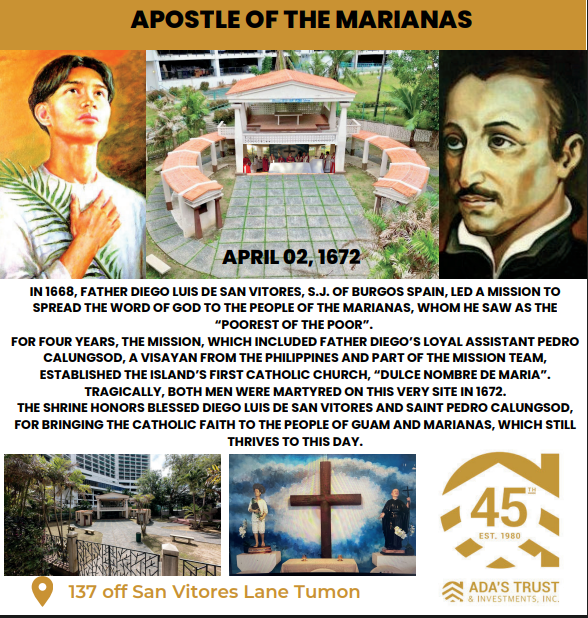Obsidian in ancient Vanuatu
- Raquel Bagnol

- 5 days ago
- 3 min read



Crystal enthusiasts consider obsidian a precious gem with healing properties, including protection from negative energies, emotional healing and promoting clarity and strength.
Obsidian is a naturally occurring volcanic glass formed when lava cools rapidly.
In ancient times, it was highly valued in Vanuatu for its sharpness and ease of shaping. For the Lapita people, the earliest settlers in the Pacific, it was a preferred material for crafting tools and weapons.
Obsidian was also associated with burial rites in Vanuatu, as gleaned from the artifacts excavated from the Teouma site, the oldest cemetery in the Pacific.
The Lapita people had an elaborate burial ritual. They buried the dead with grave goods, such as personal belongings, tools, weapons, pottery, jewelry and other valuables or symbolic items that reflected the social status or wealth of the deceased.
Archaeologists who conducted two separate fieldworks at the Teouma site in 2009 and 2010 found obsidian artifacts among the graves at the Lapita cemetery. The archaeologists sought to determine if they were intentionally placed as grave goods.
Prior excavations led to the discovery of obsidian artifacts at midden deposits, or trash heaps, containing traces of human activities in different areas in Vanuatu.
The Teouma site, located on the south coast of Efate Island, dates back approximately 3,000 years. The cemetery was discovered in 2003 at a construction site. The landowner was digging a prawn farm when he unearthed human skulls and fragments of pottery. The cemetery had 68 graves with 100 sets of human remains, as well as various artifacts, including shell ornaments, animal bones, intricate Lapita pottery and obsidian artifacts.
Most of the recovered obsidian artifacts came from West New Britain in Papua New Guinea, indicating that the Lapita people moved around and were engaged in long-distance trade networks.
ADVERTISEMENT

In 2015, archaeologists Anne Constantine, Christian Reeymeyer, Stuart Bedford, Matthew Spriggs and Mads Ravn published their research titled “Obsidian Distribution from a Lapita Cemetery Sheds Light on its Value to Past Societies.”
The team studied 62 pieces of obsidian artifacts excavated from the cemetery and examined their chemical makeup, comparing the sources, size, tool-making techniques and how it was distributed across the site.
Their analysis revealed that the obsidian artifacts from the cemetery were similar to the ones dug out during earlier excavations in the northern part of Vanuatu.
The archaeologists noted that obsidian from West New Britain was generally smaller in the midden deposits than those excavated from the Teouma cemetery. Obsidian sourced from the northern Vanuatu sites is heavier.
There were no obvious differences between the obsidian found in the midden deposits and those in the cemetery.
However, the archaeologists noted that more pieces were broken from obsidian found at the midden deposits than those dug out in the cemetery.
According to the archaeologists, there was no direct association between obsidian artifacts and individual burials. Unlike other valuable grave goods, obsidian pieces were scattered throughout the cemetery with no clear link to more elaborate graves.
The archaeologists surmised that obsidian may have been part of some funeral rituals at Teouma, which included placing whole pots, possibly breaking some pots on purpose, and later reburying bodies or removing bones after decomposition.
Obsidian tools were used to remove skeletal remains after decomposition. Early excavations at the Teouma cemetery revealed human remains and skeletons with missing parts.
However, it was unclear to the archaeologists how obsidian recovered from the midden deposits was actually used. Some research suggests obsidian may have been used for tattooing or other important social or ritual activities outside the cemetery.
Research published by archaeologist-trace analyst Nina A. Kononenko in 2012 suggested that obsidian might have been used in ordinary tasks, such as woodworking projects, before they were discarded.
Raquel Bagnol is a longtime journalist. She worked as a reporter for Marianas Variety on Saipan and Island Times in Palau. Send feedback to gukdako@yahoo.com
Subscribe to
our digital
monthly edition





Comments